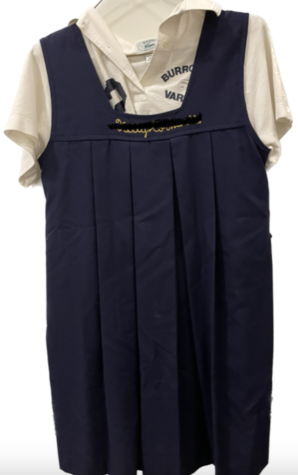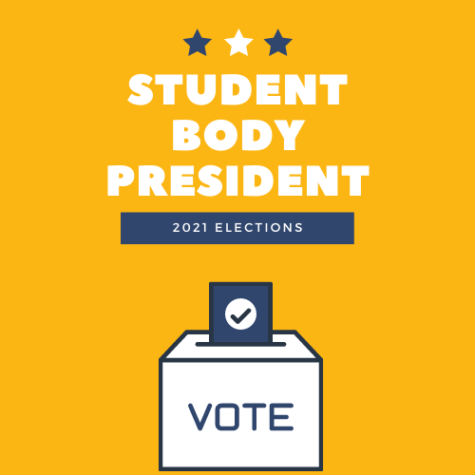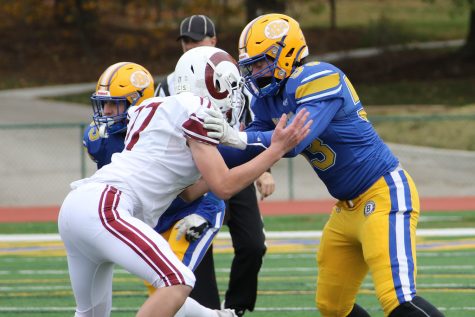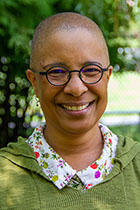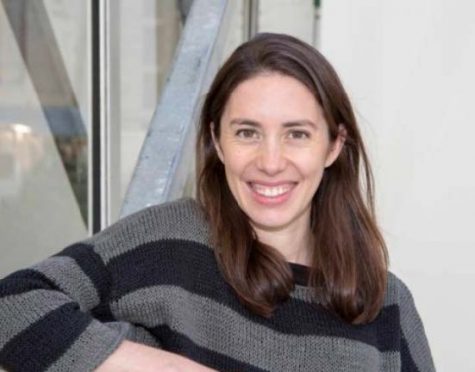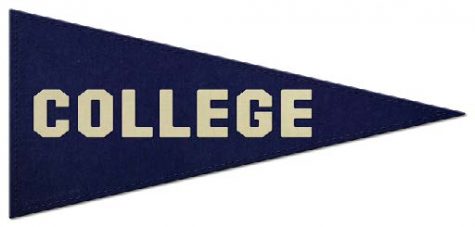The Scoop from the Hague
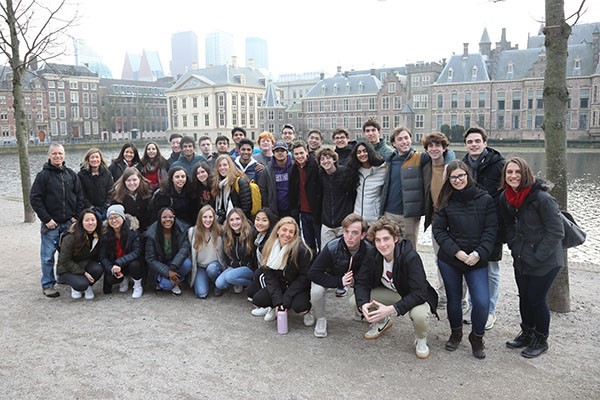
March 11, 2020
At the annual The Hague International Model United Nations (THIMUN) conference, Burroughs fielded 37 students. Burroughs represented two delegations, five press team members, and two advocates on the mock International Court of Justice (ICJ). Venturing outside of their classrooms, the delegates tried their hand at diplomacy and even snuck in a bit of sightseeing.
After an eight-hour flight overseas, the students arrived in the Netherlands at 7am (12am CST) and spent the entire day exploring Amsterdam. The group ate Dutch pancakes, enjoyed a river cruise through the canals, and visited the Anne Frank House before an hour drive to the Hague. The next day, they explored the Hague, visited the seat of the Dutch government, and investigated the exhibits at the Escher Museum.
After the second day of touring the Netherlands, the students began the first day of the conference. Each delegate represents their country in one of the General Assemblies or one of the other committees such as the Human Rights Council or the Sustainable Development Sub-committees. Since Burroughs represented two countries, Egypt and Costa Rica, usually two delegates were present in each room, yet they acted in very different roles to ensure their countries goals were met. Nathaniel Doty (‘21) said, “representing Egypt authentically comes with its challenges as a person whose personally committed to fairness and democracy (things Egypt is currently not known for) at a conference with a theme of extending democracy.”
During the first day of the conference, the chairs of each room divided the delegates based on one of four issues that the committee focused on. Delegates merged their resolutions and lobbied for their countries’ goals throughout the next day and a half, organizing into groups of 10 to 15 countries. Once the resolution was clarified, the delegates would often fight over who would be the main submitter or the first yield, presenting and giving it their support.

While the delegates debated, the press team reported the various ongoings at THIMUN. Distinguished by their press badges which gave them access to the entire conference, the press team could be seen whenever a story popped up or someone decided to impeach their chair. Editor-in-Chief Ann Zhang (‘20) said, “The biggest challenge was the first day, when a lot of people -myself included- were still figuring out how to function as a coherent press team, and we didn’t finish layout until after seven (our deadline was five).” Each day the press team published their paper on the new website designed to keep THIMUN more sustainable. Zhang continued, “Our work days became smoother as the week progressed, and I wish we would have had another week because then we likely would have been able to finish early more often and spend more time checking out the conference.”
Udonne Eke-Okoro (‘21) and Isa Rosario-Blake (‘21) participated as advocates in a mock ICJ trial, arguing for the United States in a case against Iran that had been resolved in the actual ICJ. Unfortunately, their results closely mimicked the results of the actual trial, and the pair lost the lawsuit. Yet, they were commended for their organization as well as their flexibility when one of their witnesses became sick and they had to find, prepare, and present an entirely new witness to the court in less than 24 hours.
The opportunity gave many students the chance to expand their “Burroughs Bubble,” and perhaps it led to new friendships all around the world.
